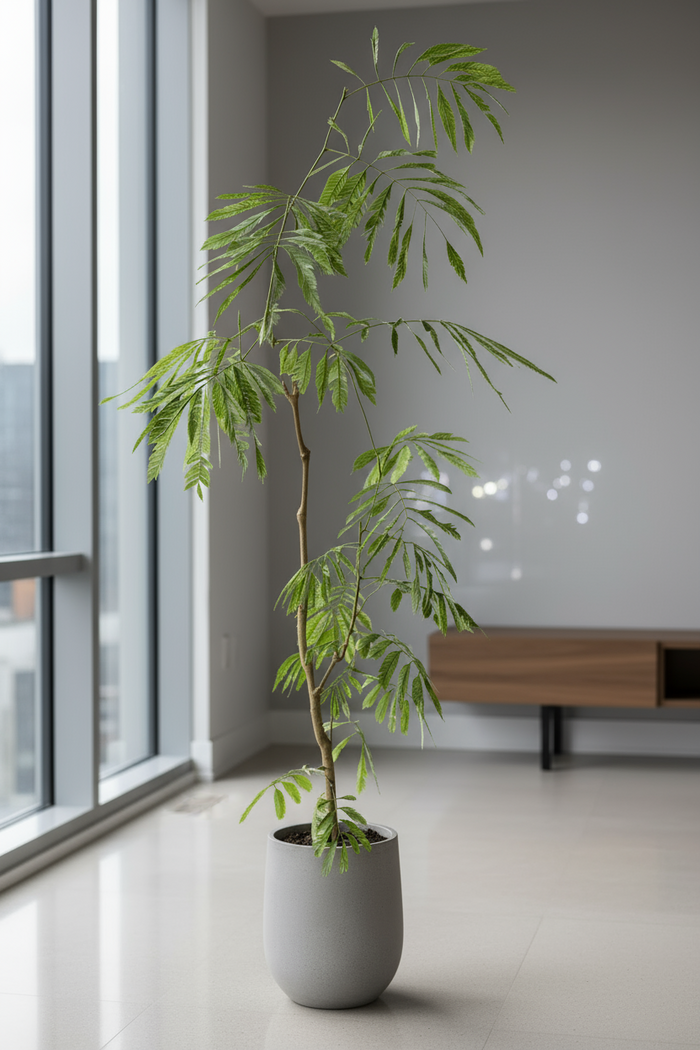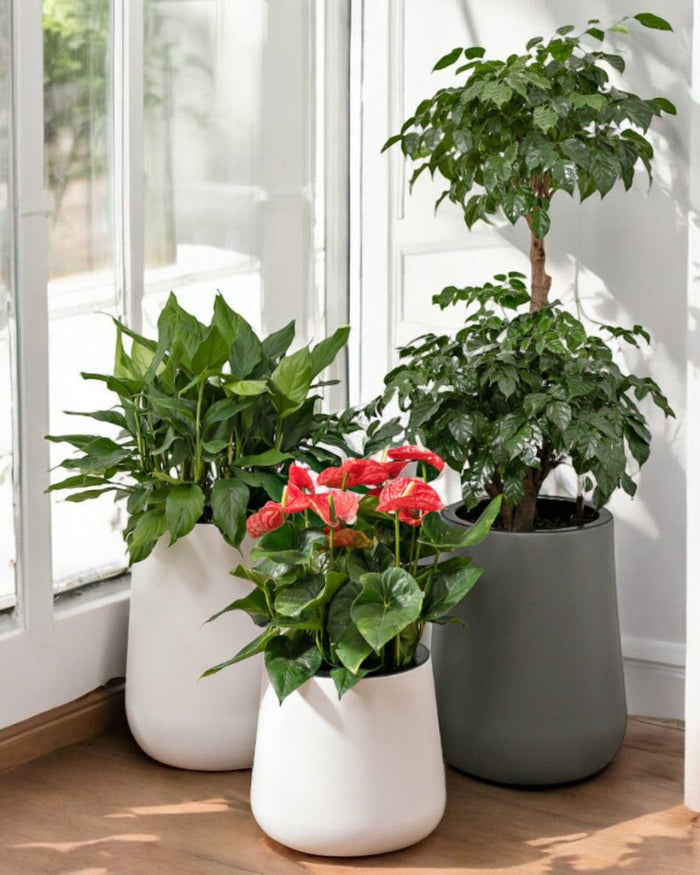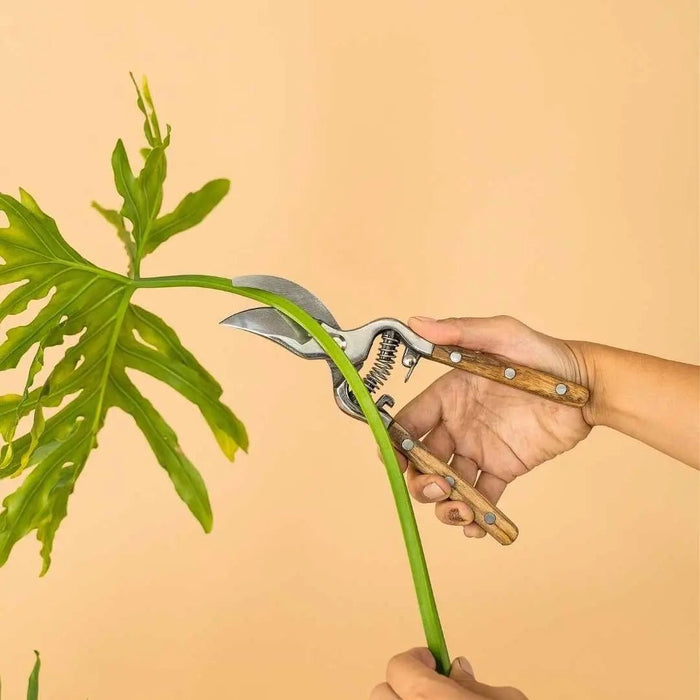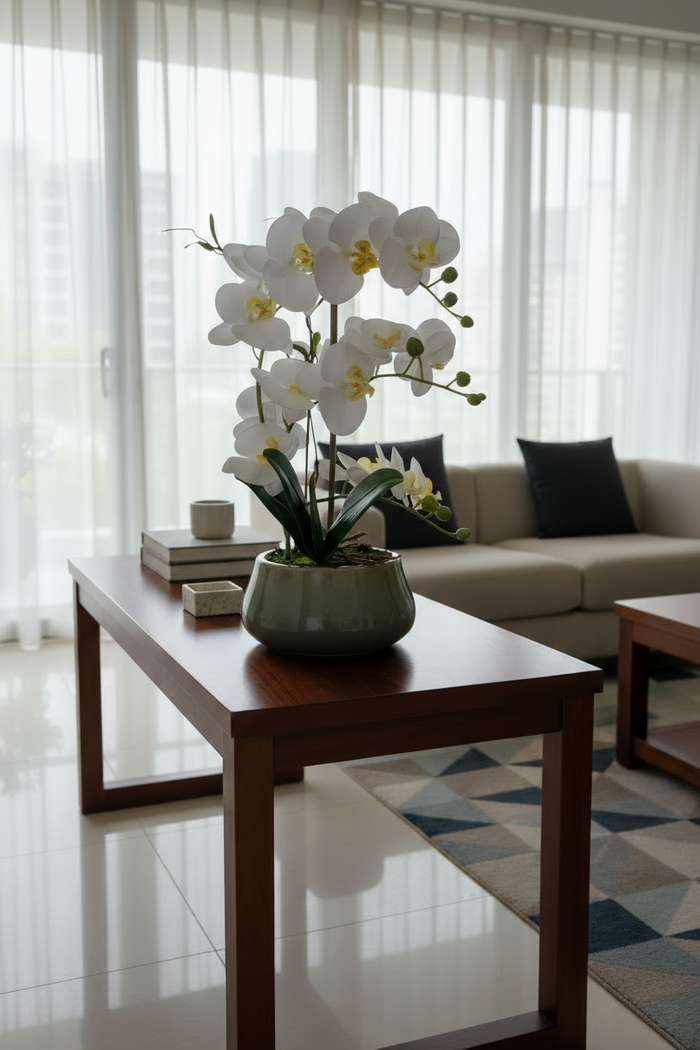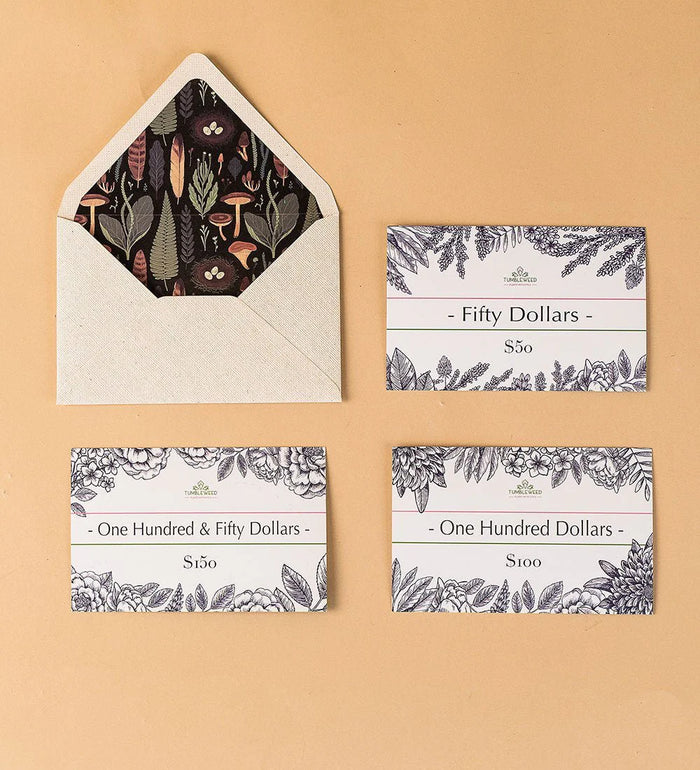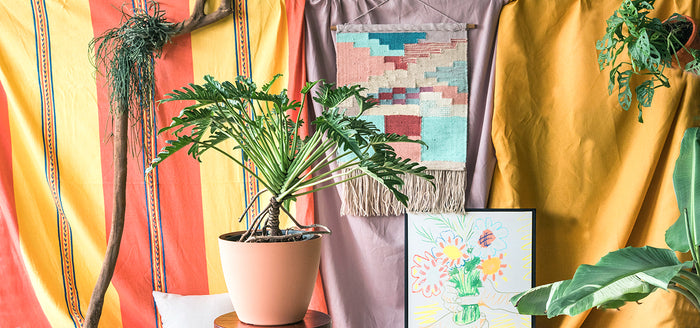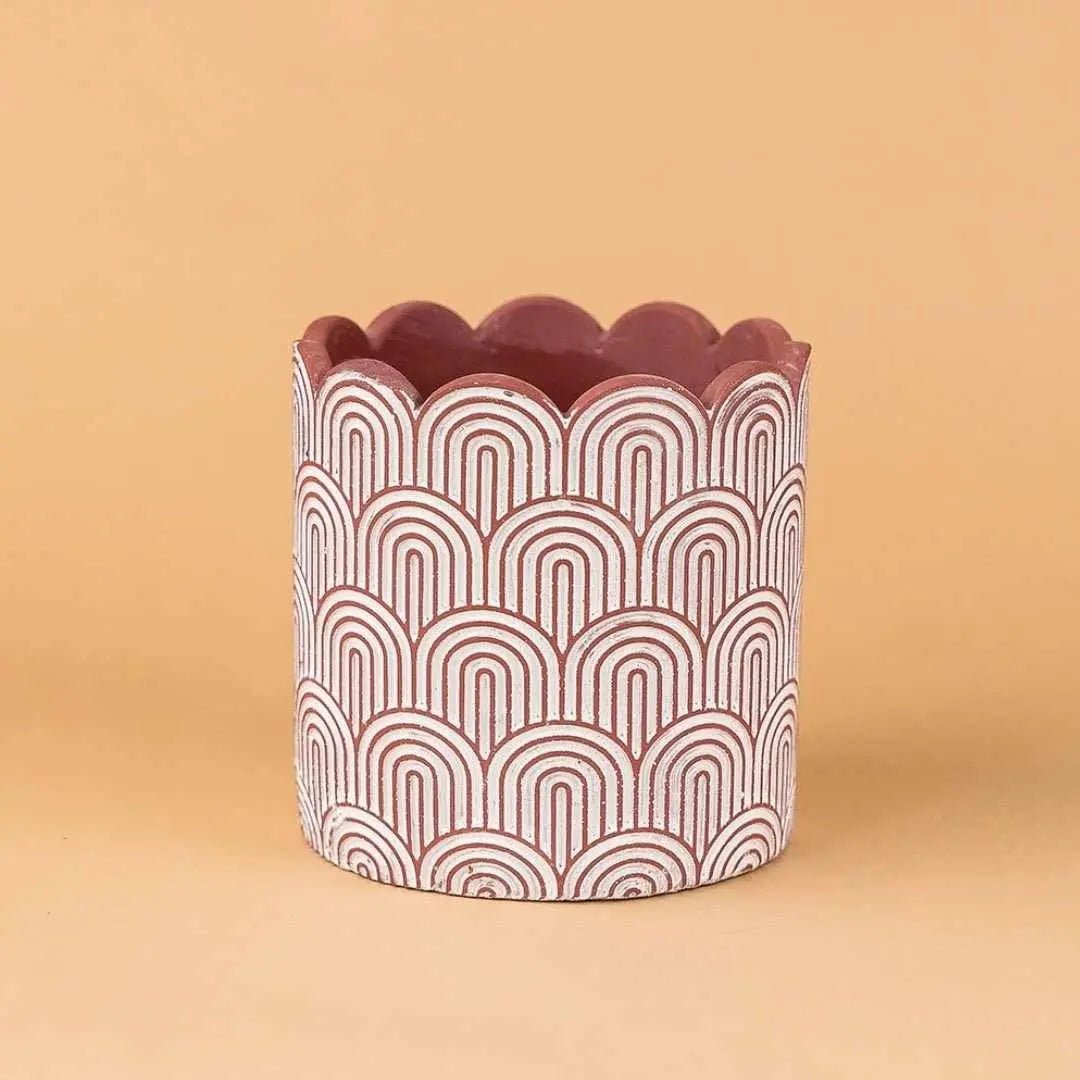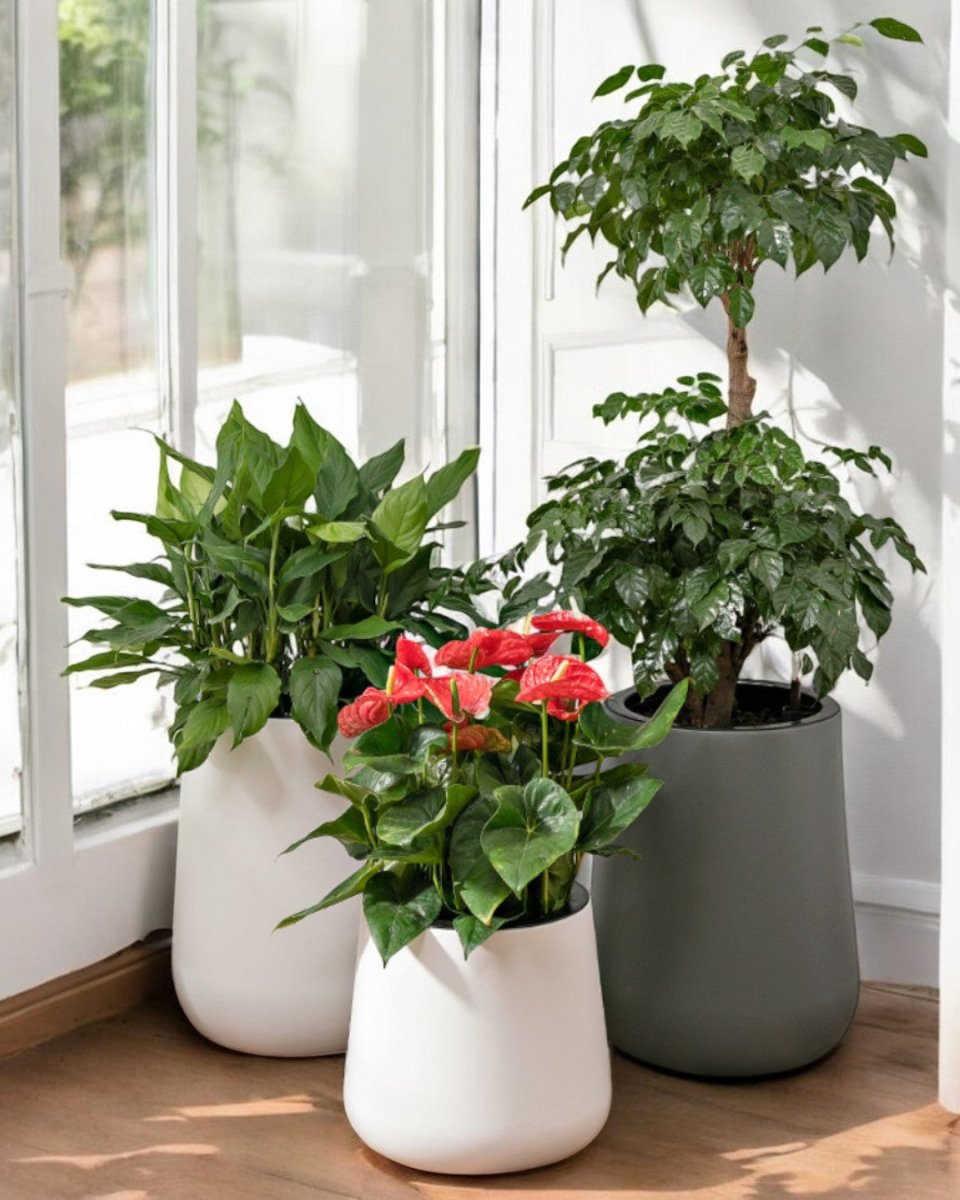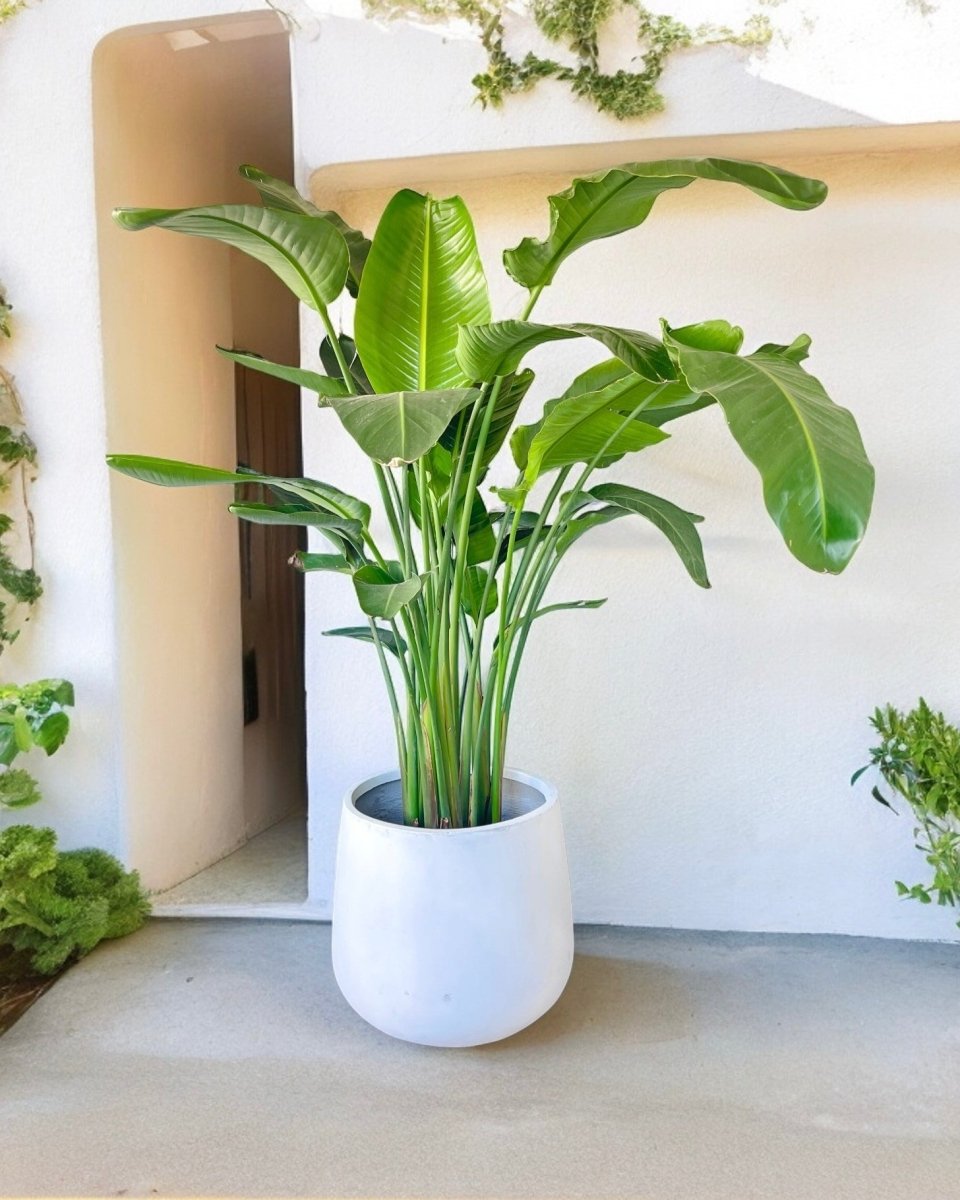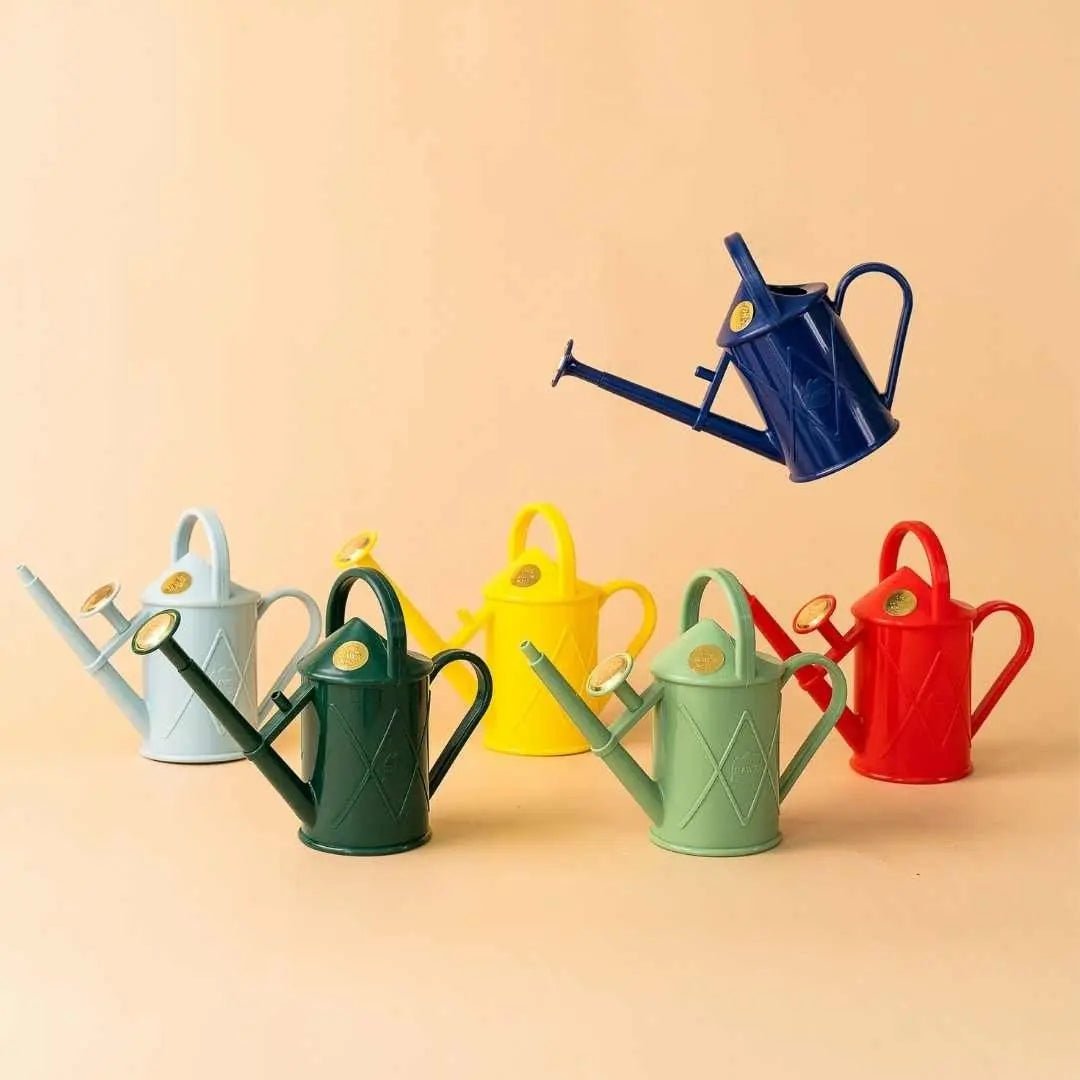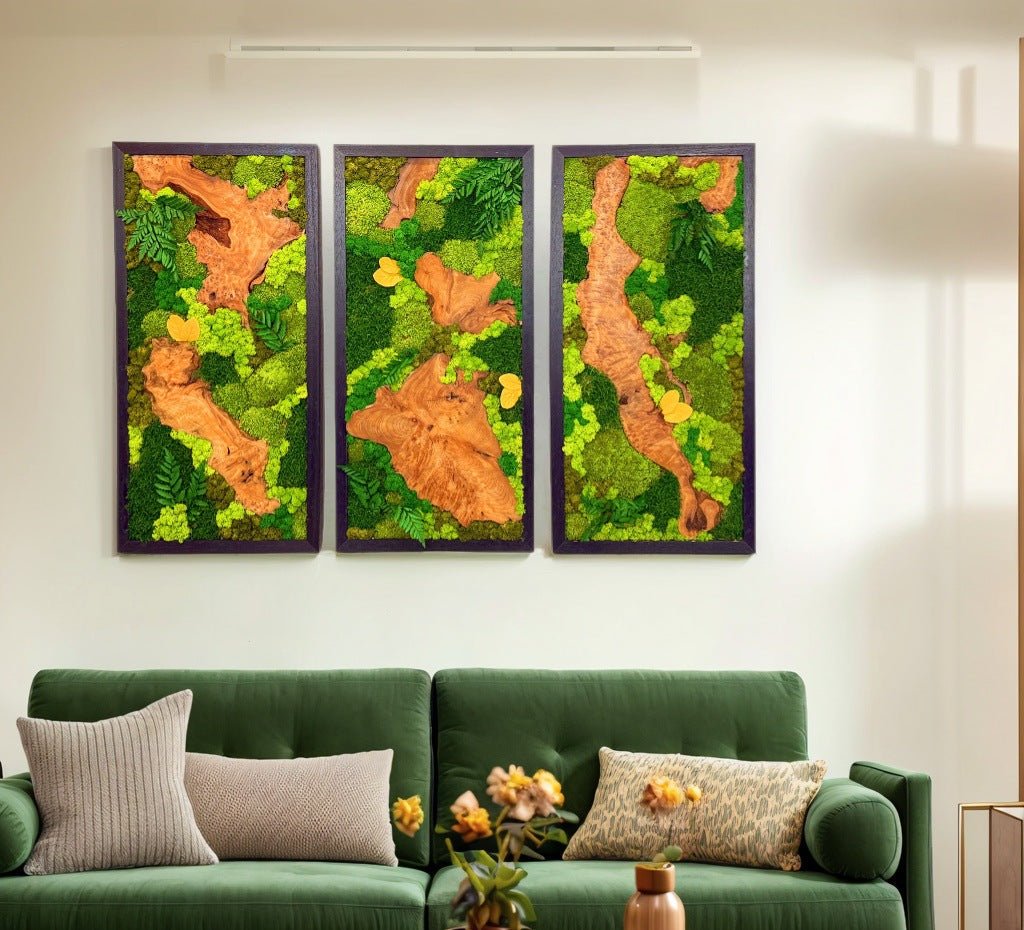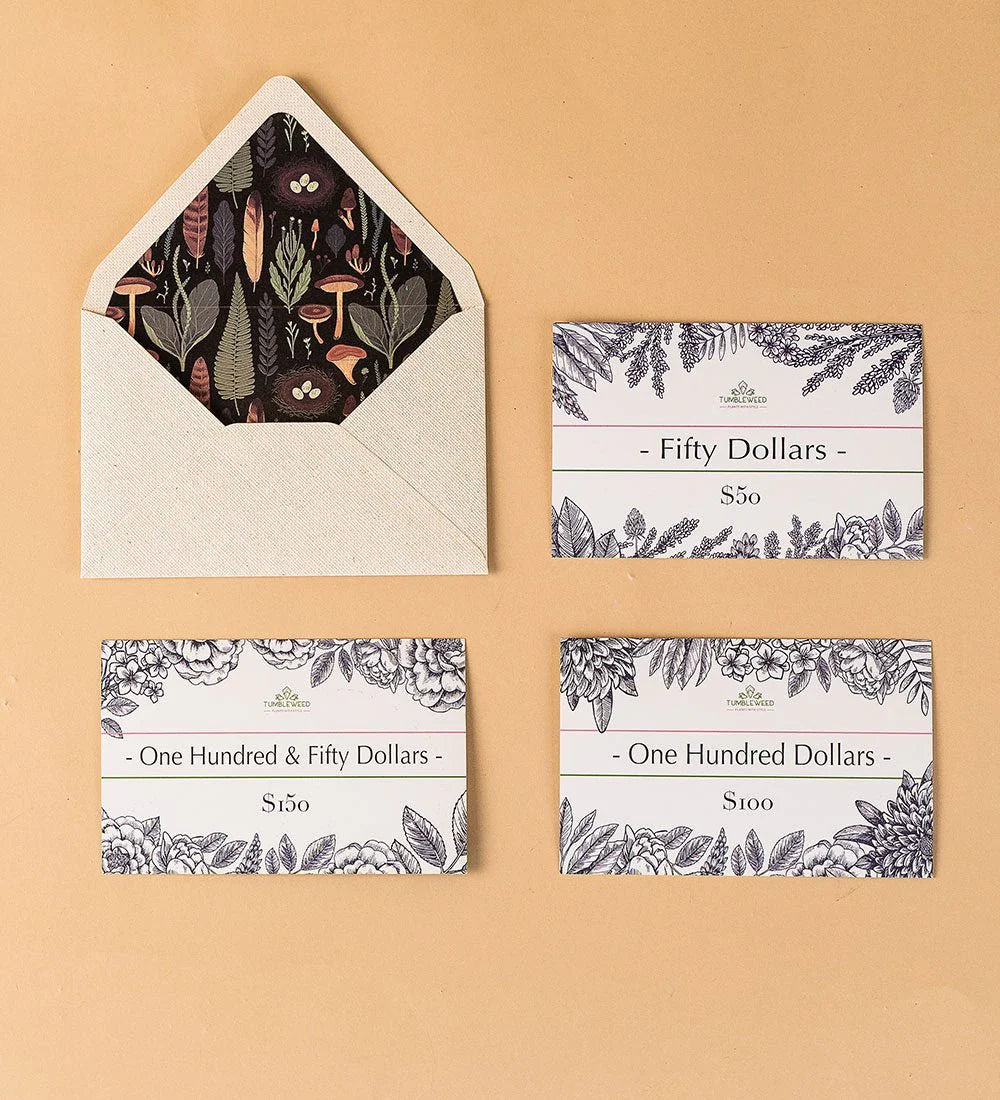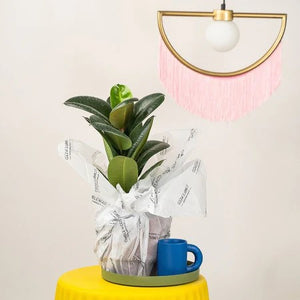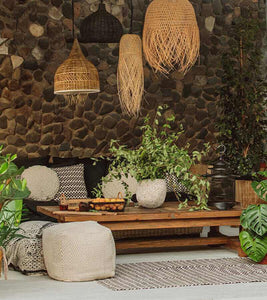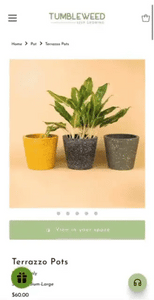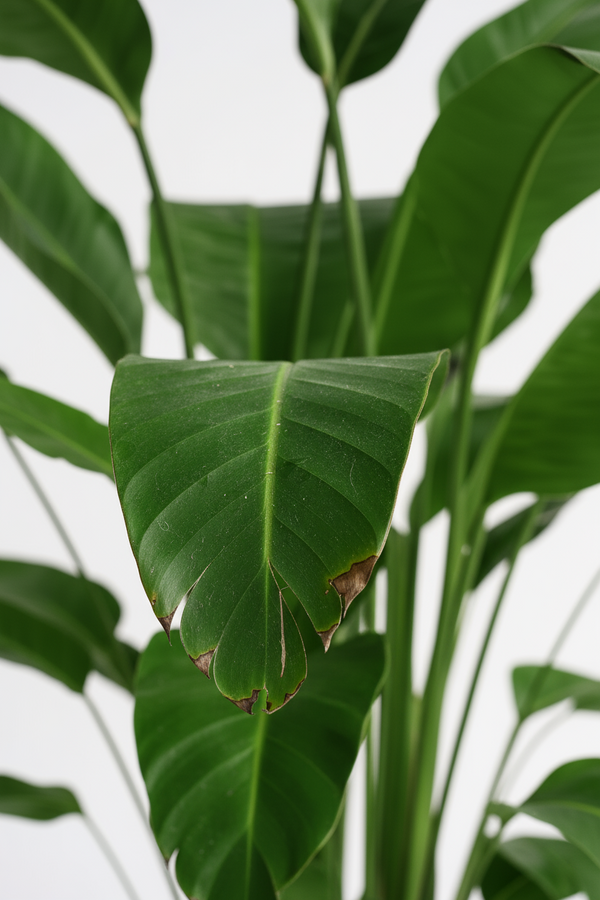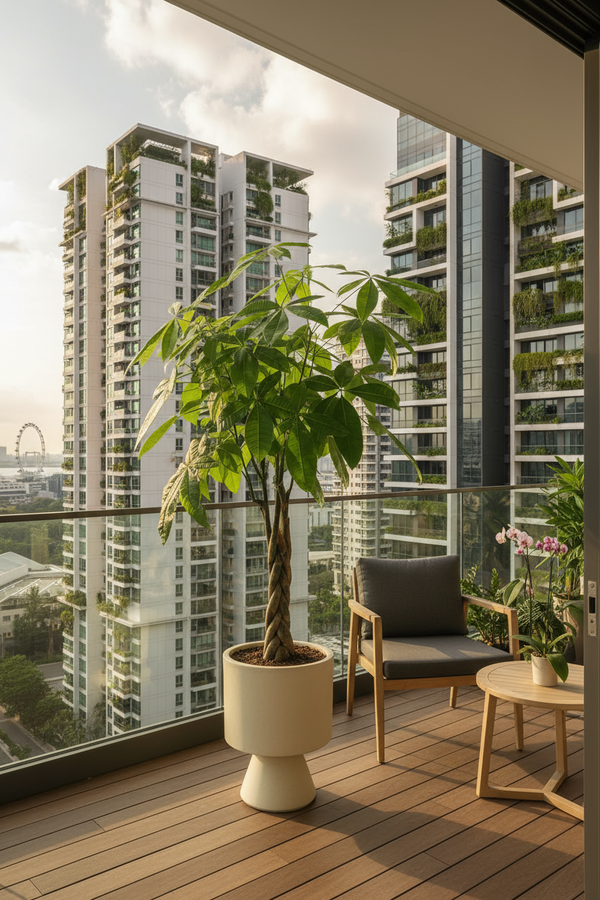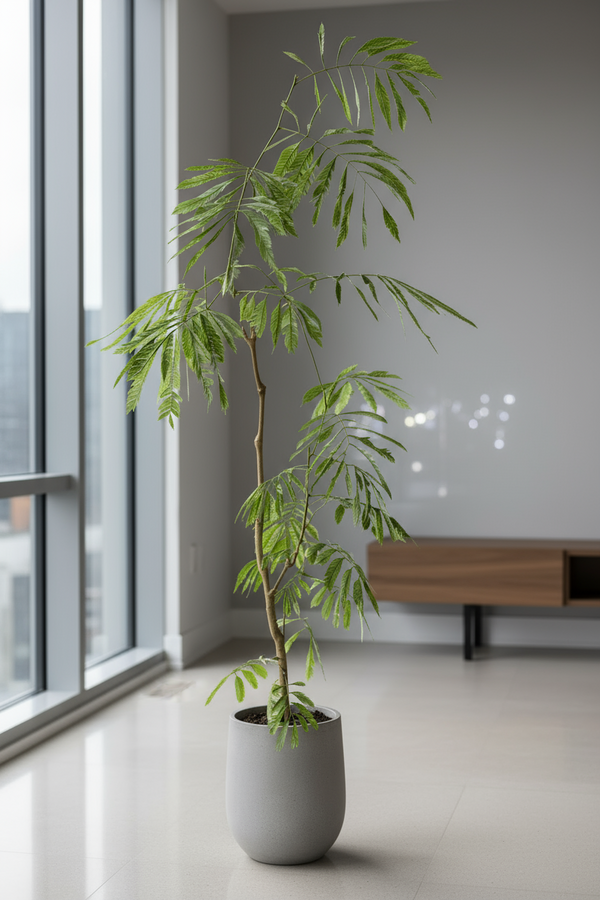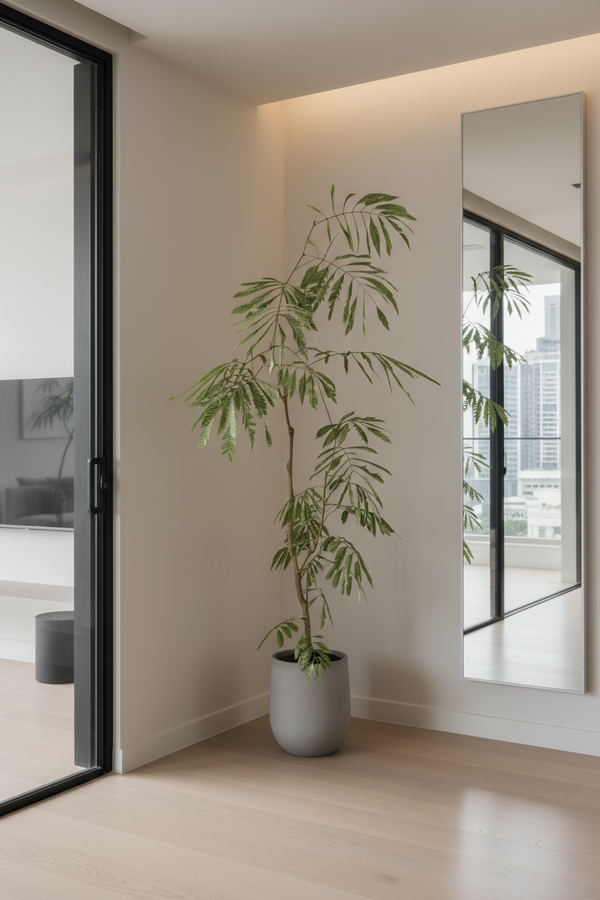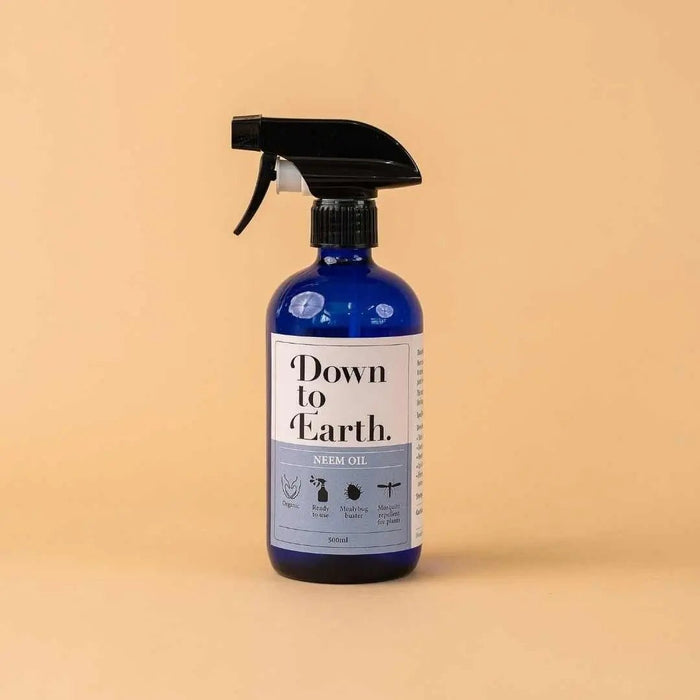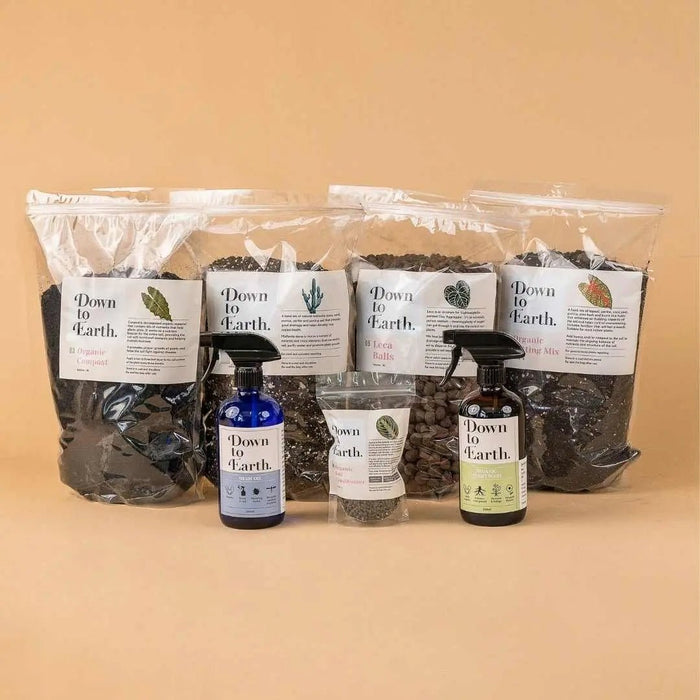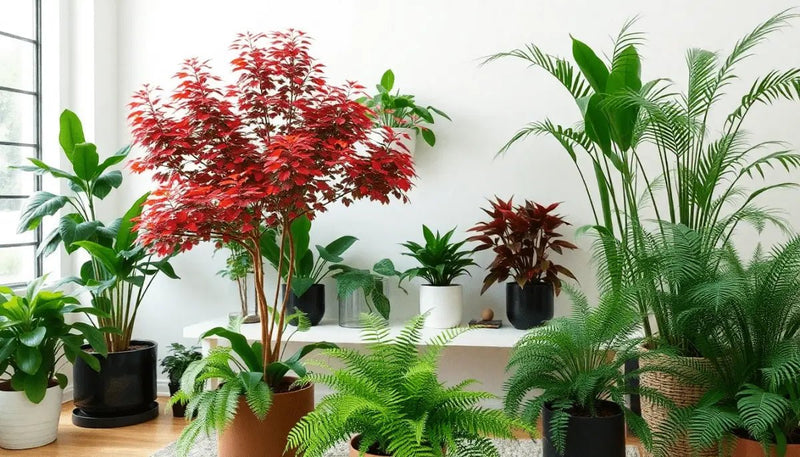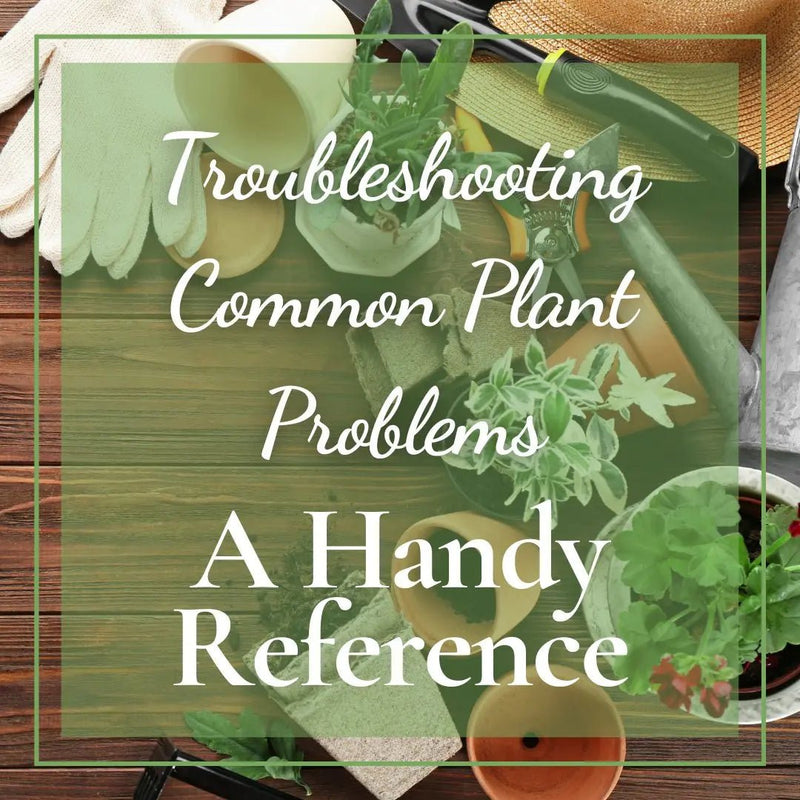Drainage 101: Why the Right Pot Makes All the Difference
Posted on November 05 2025
Not sure why your beloved houseplant’s leaves are drooping or yellowing despite your best care? The hidden culprit is often poor drainage. In “Drainage 101: Why the Right Pot Makes All the Difference,” you’ll learn why pot choice is a game-changer for plant health, and how you can easily choose the best containers for beautiful, thriving greenery.
The Importance of Proper Drainage
Healthy roots are the foundation of every happy plant, yet roots are surprisingly sensitive. Using the wrong pot can cause excess water to linger, drowning roots and inviting disease. Good drainage allows water to flow through the soil and escape the pot, preventing waterlogged roots and ensuring oxygen can reach the plant below the surface.
• Water must escape: Drainage holes let surplus water exit, so roots aren’t submerged.
• Root health: Well-draining pots prevent harmful fungal and bacterial growth.
• Stable environment: Proper drainage keeps soil moisture balanced, even after an occasional overwatering mishap.
Without effective drainage, even experienced plant lovers struggle with failed growth, root rot, and pests.
How the Right Pot Makes All the Difference
A pot may look attractive, but what’s beneath the surface matters more than appearances. Choosing a planter with suitable drainage features directly impacts plant success.
Material Matters
Some materials naturally help with drainage:
- Terracotta absorbs moisture and allows airflow, drying soil faster.
- Glazed ceramics retain more water but, if equipped with drainage holes, still work well for many plants.
- Plastic pots often retain the most moisture, requiring extra attention to watering frequency and drainage.
Size and Shape
Choosing the correct pot size is crucial. Oversized pots hold too much water, suffocating roots, while pots that are too small can dry out too fast. Aim for a pot with just enough room for root growth and always check for adequate drainage holes at the bottom.
The Perils of Poor Drainage
Why is “Drainage 101: Why the Right Pot Makes All the Difference” a must-know concept for indoor gardeners? The risks associated with improper drainage can undo all your loving efforts.
- Root rot: Excess moisture is the main cause and can devastate your plant before you notice visible symptoms.
- Fungal growth: Damp, stagnant soil is a breeding ground for unwanted fungi.
- Pest infestations: Fungus gnats, mold, and even certain bacteria thrive in saturated soil.
With these issues, recovery can be tough—even impossible—without drastic intervention. Selecting the right pot from the start simplifies plant care and prevents these common pitfalls.
Simple Solutions for Better Drainage
Not every beautiful pot comes equipped with drainage, but you don’t have to sacrifice style for functionality. Follow these practical steps:
- Always check for at least one drainage hole before buying a pot.
- If a pot lacks holes, drilling your own is a simple fix for most materials.
- Use a “cache pot” system: keep your plant in a plastic nursery pot with holes, and place it inside your decorative pot. Remove the inner pot for watering, letting excess water drain away before returning it.
- Add a thin layer of small stones, gravel, or broken pottery at the bottom only if absolutely necessary—proper holes do most of the work, and extra materials shouldn’t replace drainage holes.
- Use well-draining potting mixes designed for specific plants, such as blends for succulents, orchids, or tropical houseplants.
How to Test and Improve Drainage
Don’t assume your pots are draining well—test them!
- Water your plant and watch for runoff from the bottom of the container within seconds.
- If water pools at the surface or takes minutes to pass through, your drainage may be insufficient.
- Assess the soil after watering: it should feel damp but never soggy or swampy a day later.
- Repotting? Work some coarse sand, perlite, or pumice into the mix to boost drainage as needed.
Matching Pots to Plant Needs
Some plants crave moist soil, while others—think succulents—demand it dry out between waterings. “Drainage 101: Why the Right Pot Makes All the Difference” is all about understanding each plant’s unique requirements and matching pot and soil accordingly. Cacti and succulents need pots with multiple holes and gritty mixes, while ferns and peace lilies prefer evenly moist, but not saturated, conditions.
Conclusion
By following the basics of “Drainage 101: Why the Right Pot Makes All the Difference,” you’ll nurture healthier roots and happier plants. Select the right pot for your next indoor addition, and enjoy flourishing greenery all year long. Want more tips for lush houseplants? Start with your pots—they’re the unsung heroes of plant care.




